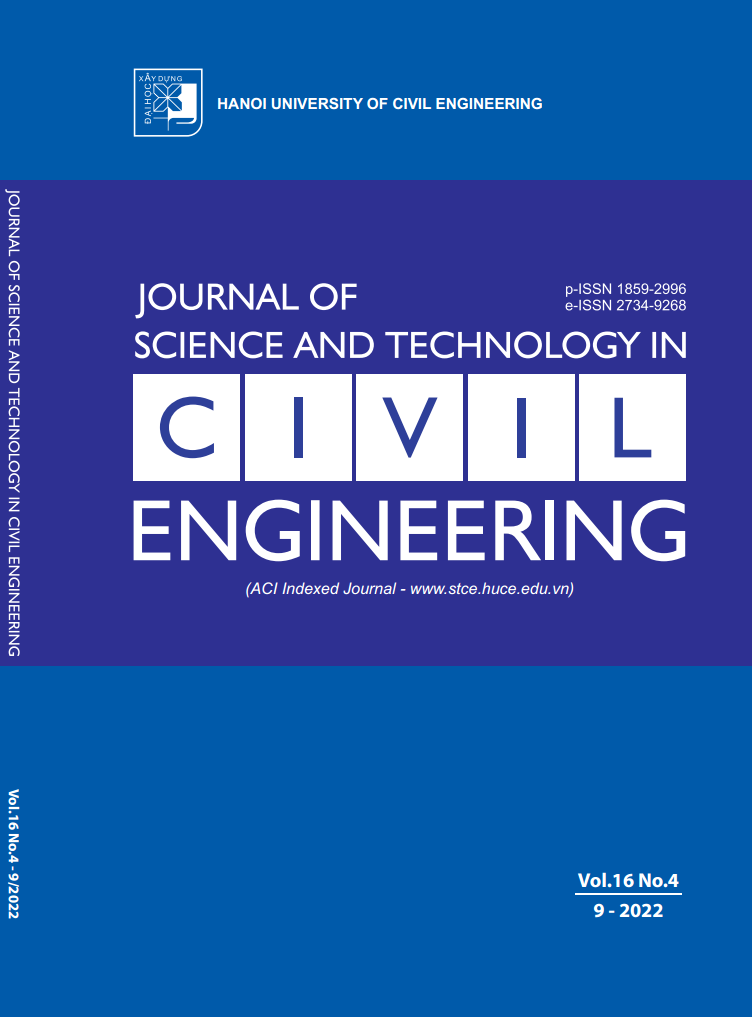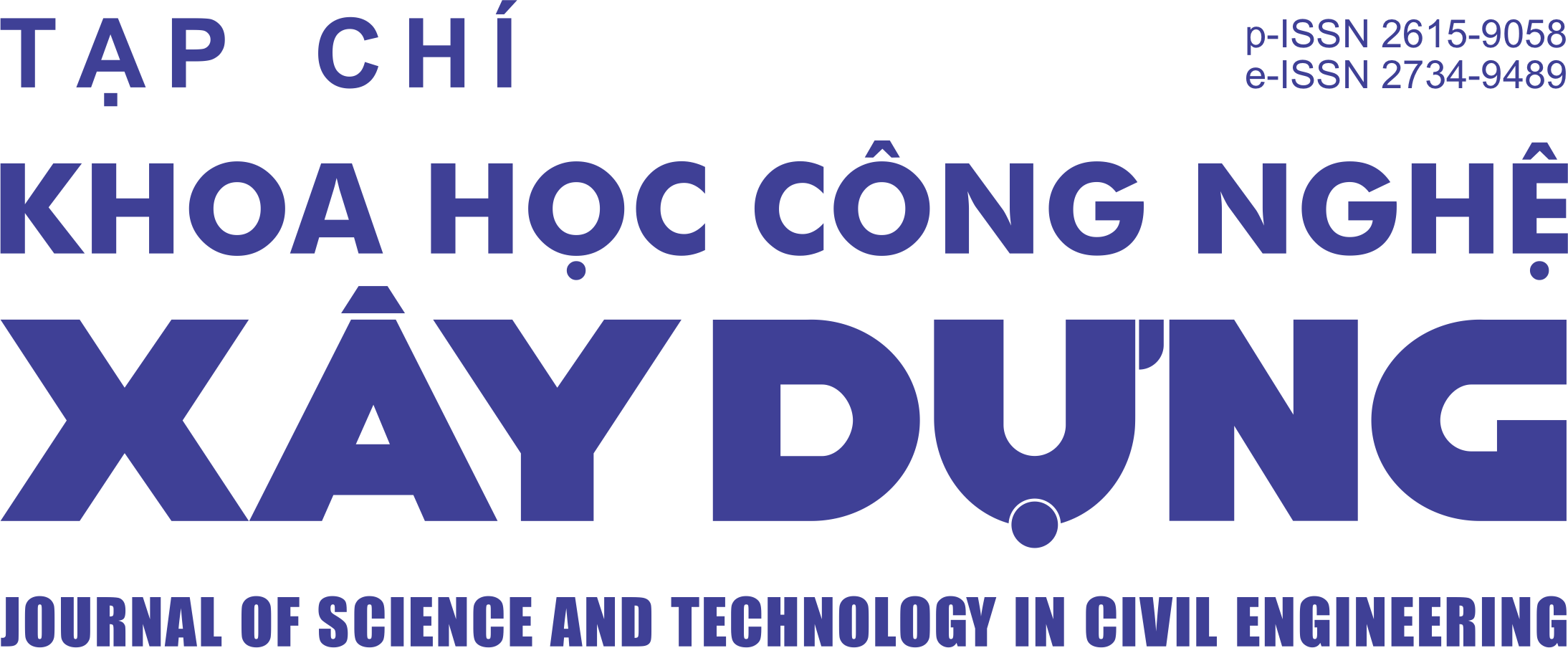Analyze development potential in affected areas adjacent to urban public transit systems. Case study in the stations of Kim Ma and Van Phuc 2 (BRT Line No.1)
Abstract
The Hanoi authority has been promoting the construction and completion of the Urban Mass Rapid Transit (UMRT) system, both BRT and urban railway. The idea of land value capture for economic development in areas around public transport systems is quite popular around the world. This is considered an effective approach to urban development planning in the big cities. The 3V framework is a holistic approach used to analyze the development potentials of the affected areas by transit stations. This method mentions 3 value groups composed of Node-value, Place-value, and Market-value which are defined under dimensions. The tools utilized to calculate these dimensions are GIS, mapping and surveying. Two stations on BRT line 1, Kim Ma and Van Phuc 2 were selected to study. The results of study showed that (1) there is a relation between spatial attributes, transport characteristics, market conditions and the development potentials; (2) having the advantages and obstacles to development in the affected areas around public transit transport. These results hopefully are the basis for further studies in other stations with the support of more credibly quantitative tools such as computer software and statistical methods.
Downloads
Copyright (c) 2022 Hanoi University of Civil Engineering

This work is licensed under a Creative Commons Attribution-NonCommercial-NoDerivatives 4.0 International License.
1. The Author assigns all copyright in and to the article (the Work) to the Journal of Science and Technology in Civil Engineering (JSTCE) – Hanoi University of Civil Engineering (HUCE), including the right to publish, republish, transmit, sell and distribute the Work in whole or in part in electronic and print editions of the Journal, in all media of expression now known or later developed.
2. By this assignment of copyright to the JSTCE, reproduction, posting, transmission, distribution or other use of the Work in whole or in part in any medium by the Author requires a full citation to the Journal, suitable in form and content as follows: title of article, authors’ names, journal title, volume, issue, year, copyright owner as specified in the Journal, DOI number. Links to the final article published on the website of the Journal are encouraged.
3. The Author and the company/employer agree that any and all copies of the final published version of the Work or any part thereof distributed or posted by them in print or electronic format as permitted herein will include the notice of copyright as stipulated in the Journal and a full citation to the Journal as published on the website.







